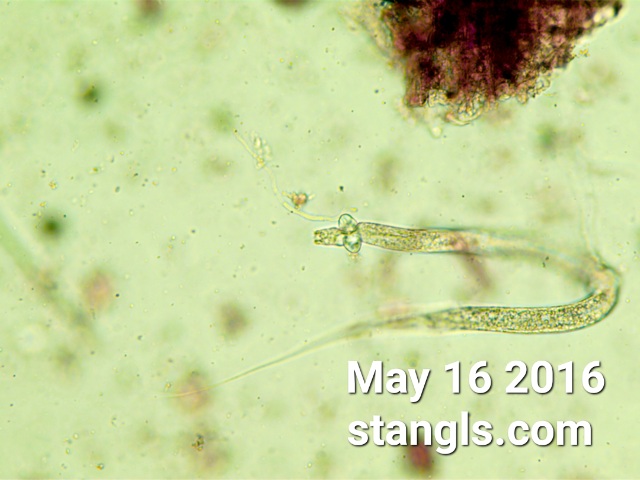When we think of soil, we often picture a lifeless, inert substance that merely supports the growth of plants. But beneath the surface lies a complex ecosystem of organisms that perform crucial functions, from decomposing organic matter to cycling nutrients and water.

One of the most fascinating and mysterious aspects of soil life is the wild side: the realm of fungi, bacteria, and other microorganisms that interact in ways we are only beginning to understand. And perhaps the most intriguing example of this wild side is the fungus that traps nematodes, a discovery we made on May 16, 2016.
This fungus, known as Arthrobotrys, employs a clever mechanism to capture and consume nematodes, tiny worm-like creatures that can damage plant roots and reduce crop yields. Arthrobotrys produces specialized structures called traps, which are shaped like miniature lassos and coated with a sticky substance.
When a nematode brushes against a trap, it becomes ensnared in the sticky strands, which tighten around its body like a noose. The trap then releases digestive enzymes that break down the nematode’s tissues, providing the fungus with a source of nitrogen and other nutrients.
But the story doesn’t end there. Recent research has revealed that the fungus may also use chemical signals to attract nematodes to its traps, suggesting a level of sophistication and communication that was previously unknown in the world of soil life.
Unlocking the secrets of soil life is a never-ending quest, but discoveries like the fungus that traps nematodes remind us of the wonders that await those who venture into the wild side. Who knows what other surprises and revelations lie in store?